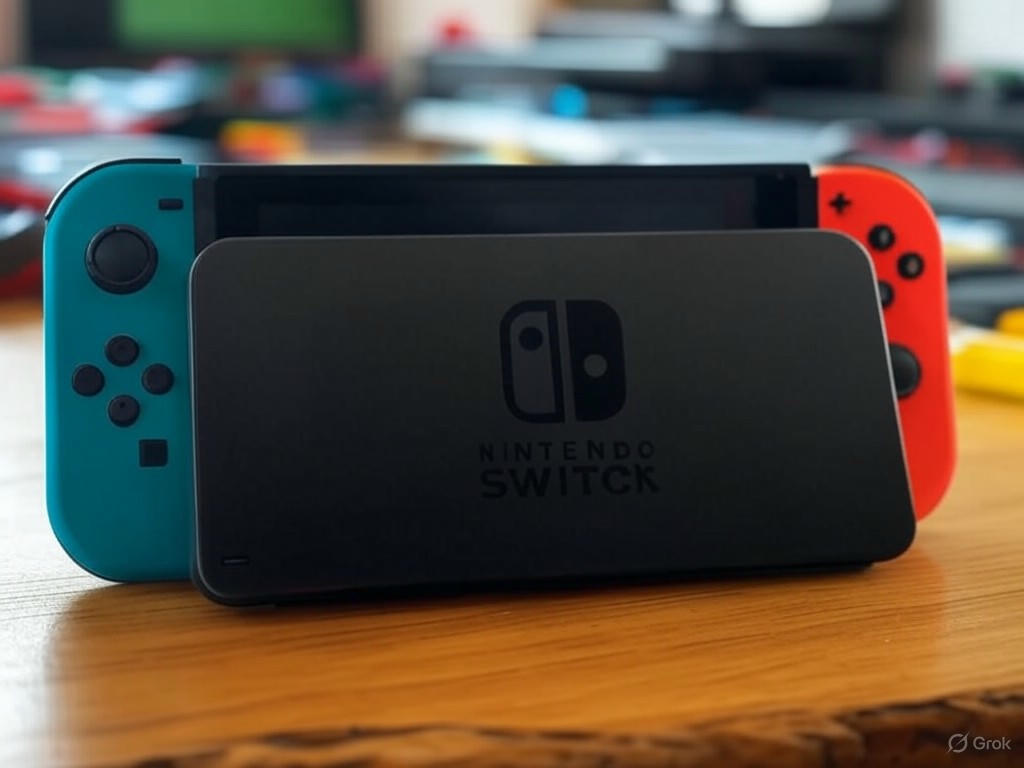The gaming community has been buzzing with excitement over Nintendo’s latest console, the Switch 2, but a recent teardown by the repair experts at iFixit has cast a shadow over the launch. Their findings suggest that the persistent problem of joystick drift, a frustrating issue that plagued the original Switch, remains unresolved in the new iteration. Even more concerning, the design of the Switch 2 appears to make repairs significantly more challenging, potentially leaving players with faulty controllers and limited options for fixes.
For those unfamiliar, joystick drift is a hardware flaw that causes the controller’s analog sticks to register movement even when untouched. This can lead to characters wandering aimlessly on-screen or menus scrolling without input, severely impacting gameplay. The issue became infamous with the original Switch, prompting lawsuits and widespread criticism of Nintendo’s design choices. Many had hoped the Switch 2 would introduce a revamped mechanism to eliminate this flaw, but iFixit’s analysis reveals that the underlying technology in the Joy-Con controllers remains largely unchanged. The same potentiometer-based system, which wears down over time due to friction and debris, is still in use, meaning drift could once again become a common complaint among users.
What’s more, the teardown highlights a troubling trend in the console’s repairability. The Switch 2’s components are reportedly more tightly integrated, with glued-in parts and proprietary screws that make disassembly a nightmare, even for seasoned technicians. Unlike the original Switch, where replacing a faulty Joy-Con stick was a relatively straightforward task with the right tools, the new design seems to prioritize compactness over accessibility. This could mean higher repair costs or, worse, the need to replace entire controllers rather than fixing individual parts. For a console marketed as portable and family-friendly, this lack of repair-friendliness feels like a step backward, especially in an era where right-to-repair movements are gaining traction globally.
As gamers weigh the pros and cons of upgrading to the Switch 2, these revelations raise important questions about longevity and value. Nintendo has yet to officially comment on the findings, but the community is already vocal on social media, with many expressing disappointment over the apparent oversight. Some speculate that firmware updates or third-party accessories might offer temporary solutions, but without a hardware redesign, the root cause of drift seems destined to persist. Meanwhile, the difficulty in repairs could push players toward Nintendo’s official support channels, potentially increasing costs and wait times.
Ultimately, while the Switch 2 boasts impressive features and enhanced performance, the shadow of joystick drift looms large. Gamers deserve hardware that stands the test of time, and it’s disheartening to see such a fundamental flaw carry over to a new generation. As the console rolls out to eager fans, only time will tell if Nintendo addresses these concerns or if players will once again be left grappling with drifting sticks and repair frustrations.
